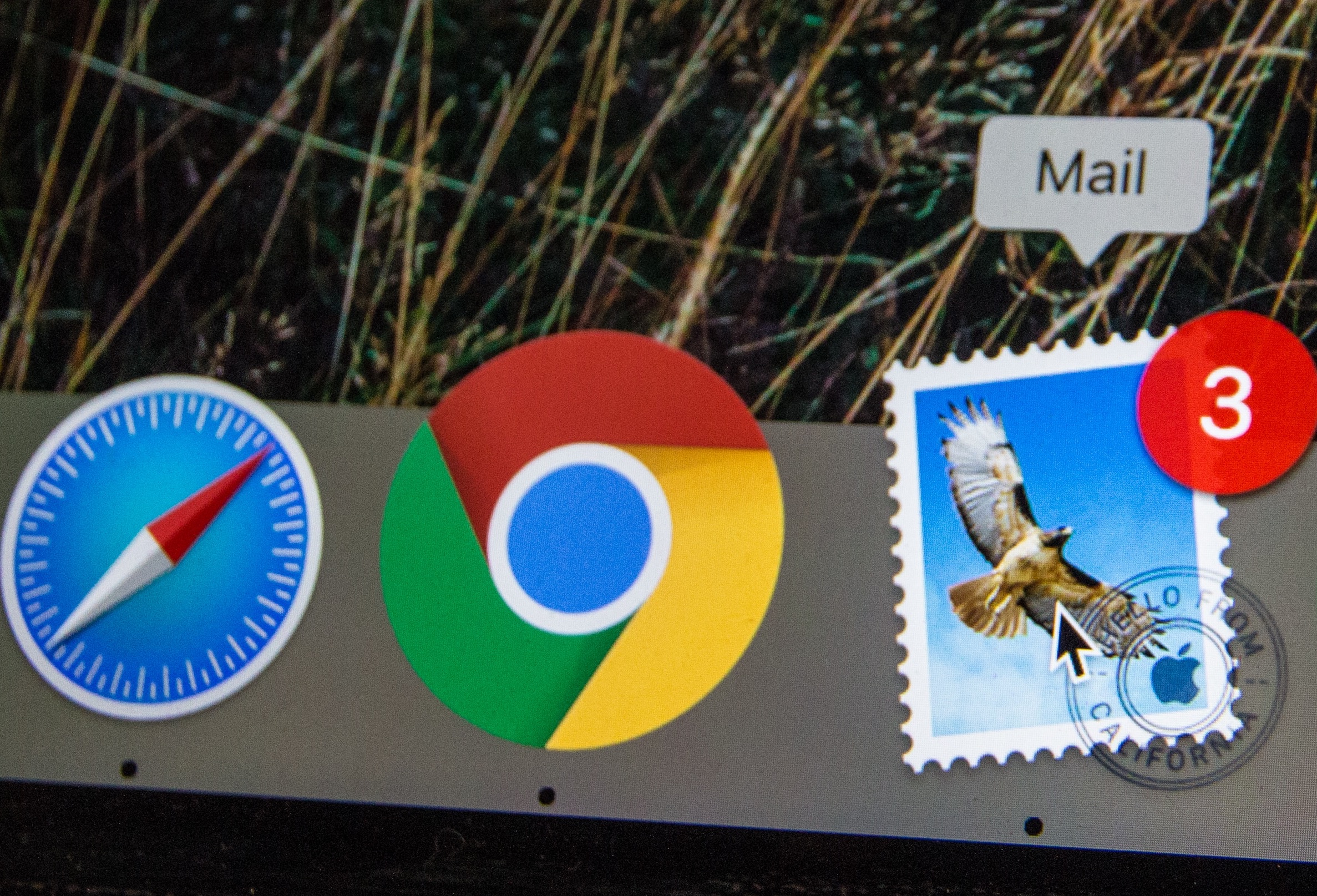Too many websites today are outdated, slow or inaccessible. This comprehensive guide explains why a website redesign is essential, lists the key warning signs, and outlines how Post Local News transforms your site into a fast, modern platform. You will learn the stages of a redesign—audit, planning, build and launch—and discover our WebEditor and AI features that let you manage your content easily. Whether you operate in Bath, Bristol, London or beyond, Post Local News helps local councils, businesses and community organisations reclaim their online presence.
Introduction
Your website is the digital front door to your organisation. For local councils, community groups and businesses, it’s a hub for information, bookings and communication. Yet many sites remain stuck in a bygone era, lacking mobile responsiveness, taking ages to load or failing to meet accessibility standards. Visitors leave, search engines demote, and trust erodes. In 2025, a redesign is no longer cosmetic—it’s critical.
Post Local News is a UK‑based platform from Bath that not only helps you publish social content but also offers web design and editing tools tailored to local organisations. This article answers the common questions: Why should you redesign? When is the right time? How long does it take? What are the steps? And how does Post Local News simplify the process with its built‑in WebEditor and AI tools?
1) Why consider a website redesign in 2025?
Technology and user expectations have evolved rapidly. If your site hasn’t been updated in three to five years, you could be missing out on new standards, security updates and performance improvements. A redesign addresses several critical factors:
- Performance: Older sites often rely on outdated code and heavy images, slowing down loading times. Users expect pages to load in under three seconds.
- Mobile responsiveness: More than half of traffic comes from mobile devices. A site must adapt to various screen sizes and provide a seamless experience.
- Accessibility: Inclusivity is now a legal requirement and a moral imperative. Meeting standards like WCAG ensures your content is usable by people with disabilities.
- Security: Modern frameworks and SSL certificates help protect user data. Legacy code may leave vulnerabilities unpatched.
- Search engine optimisation: Search engines rank sites based on speed, accessibility and structure. A slow or unstructured site can slip down the rankings.
- Image and brand alignment: A site that reflects your current mission, colours and tone signals professionalism and trustworthiness.
In short, a redesign is about aligning your online presence with modern standards, your organisational goals and your audience’s needs.
2) Recognising the signs: Is it time to redesign?
How can you tell whether it’s time for a redesign? Consider these questions:
- Is your site responsive? If it’s not usable on a mobile or tablet, you’re alienating users.
- How fast does it load? Use tools like Google Lighthouse. Scores under 50 signal problems; aim for 90+.
- Is your content accessible? Are headings properly structured? Do images have alt text? Is the contrast strong enough?
- Can you easily update content? If you need a developer to change text or images, you’ll struggle to keep information up to date.
- Does it reflect your current brand? New logos, colours, services or messages should be reflected online.
If you answered “no” or “I’m not sure” to several of these, it’s time to consider an overhaul.
3) Questions and answers about redesign projects
When should I redesign my website? Typically every 3–5 years, or sooner if there has been a major shift in your organisation’s goals, audience or technology. A redesign can also coincide with rebranding or the need to add new functionality.
How long does it take? For a small site (up to 20 pages), plan for 2–3 months. Larger sites or e‑commerce projects may take 4–6 months. Post Local News helps accelerate this process with pre‑built modules and templates tailored to local organisations.
Will I lose my search engine ranking? Not if done properly. Plan your URL structure, implement 301 redirects from old to new pages, and optimise content. Our team ensures a smooth transition with minimal SEO impact.
How much does it cost? Costs vary depending on design complexity, number of pages and functionality. Post Local News offers affordable packages tailored to councils, charities and SMEs, including a WebEditor for ongoing updates.
Can I keep my current content? Yes. During redesign, content can be audited, updated and migrated. A website refresh is a great opportunity to rewrite or optimise outdated sections.
4) The step-by-step redesign process
A successful redesign follows a structured methodology:
- Audit and analysis: Assess what works and what doesn’t. Use analytics to see which pages are visited most and which are underperforming.
- Planning and scoping: Define goals, target audiences, required features (such as booking, newsletter signup, e‑commerce) and content strategy.
- Design and prototyping: Develop wireframes and mock‑ups. Choose colour schemes, typography and imagery that reflect your brand.
- Development: Build the site using modern frameworks and ensure it meets WCAG accessibility standards, is mobile‑responsive and integrates with any third‑party systems (payment, booking, CRM).
- Testing and optimisation: Conduct usability tests, fix bugs, and run performance and accessibility audits (e.g. Lighthouse). Adjust accordingly.
- Launch and monitoring: Deploy to a production environment, redirect old URLs, monitor traffic and errors, and gather feedback.
Post Local News has refined this process to suit local councils and community groups. Our team handles the heavy lifting while empowering you with a user-friendly WebEditor to manage content.
5) The Post Local News WebEditor: Easy content management
One frustration with many legacy sites is that they require a developer to update a single word. Post Local News solves this with its WebEditor—a simple, intuitive interface that lets you edit text, images and layouts in real time. You log in, select an element and update it. Changes appear instantly, and you don’t risk breaking the design.
The WebEditor supports version control so you can revert changes, assign roles to colleagues (for example, giving a marketing officer permission to update news pages but not core navigation) and schedule publishing. For councils, this means your latest policies, announcements and community events can be online within minutes. For businesses, product updates and promotions can be rolled out without waiting for IT support.
The tool integrates seamlessly with our social publishing platform, allowing you to repurpose website content across your social channels. Write a news story once and automatically share a condensed version to Facebook, X, LinkedIn or Mastodon with a link back to your site.
6) Performance and accessibility: Best practices
Achieving high scores in Google Lighthouse is more than a badge of honour; it directly influences user satisfaction and search ranking. Key best practices include:
- Minimising HTTP requests by combining CSS and JavaScript files.
- Using responsive images and new formats like WebP.
- Implementing lazy loading for off-screen images.
- Ensuring all interactive elements are keyboard accessible.
- Providing sufficient colour contrast and logical heading structure.
- Adding descriptive alt text to images and transcripts to audio/video.
Our developers follow these guidelines by default. Moreover, Post Local News offers automated audits via the WebEditor to flag any deviations from accessibility and performance standards.
7) Success stories: From Bath to beyond
Post Local News works with councils and community organisations across the UK. In Bath, a local charity saw a 65% reduction in bounce rate after redesigning its website with our platform and WebEditor. Their new site loads in under two seconds, meets WCAG 2.2 standards and integrates event booking and donation features. The charity uses our social publishing tool to share stories across Facebook and Instagram, driving more engagement.
Similarly, a small district council in the Midlands modernised its official website with our help, replacing a cluttered design with an accessible, mobile‑friendly layout. Council meetings, documents and services are now easy to find. The WebEditor allows communications officers to update pages on the fly, while our AI summarises meeting minutes into concise news posts that residents can read quickly. The council’s feedback? They spend less time wrestling with code and more time serving citizens.
These examples show that great web design isn’t just for big cities; with the right tools, any organisation can offer an outstanding online experience.
8) 30–60–90‑day roadmap: Getting started
To anchor your redesign efforts, adopt a phased approach:
Days 1–30 – Assessment and planning
- Conduct a content and analytics audit.
- Identify outdated content and evaluate user journeys.
- Define your goals and scope with stakeholders.
- Prepare a project timeline and budget.
Days 31–60 – Design and build
- Create wireframes and prototypes reflecting new navigation and layout.
- Select a design system aligned with your brand.
- Develop templates and integrate necessary tools (e.g. booking forms, payment gateways).
- Migrate or rewrite content following accessibility and SEO best practices.
Days 61–90 – Testing and launch
- Run performance and accessibility tests (Lighthouse, screen readers).
- Iterate based on feedback from colleagues and test users.
- Prepare redirects from old URLs.
- Soft-launch internally, then roll out publicly. Continue monitoring metrics and make adjustments.
Post Local News assists throughout this roadmap, providing templates, automated checks and expert advice. Our team can manage the entire process or empower your staff to lead the project.
Conclusion
A website redesign isn’t a vanity project; it’s essential to meet modern expectations for speed, accessibility and engagement. With Post Local News, local councils, charities and businesses in Bath and beyond can transform outdated sites into powerful, inclusive and easily managed platforms. Our WebEditor, AI tools and social publishing integration ensure you stay in control, deliver timely information and connect with your audience wherever they are. Ready to give your site a new lease of life? Let’s begin.







